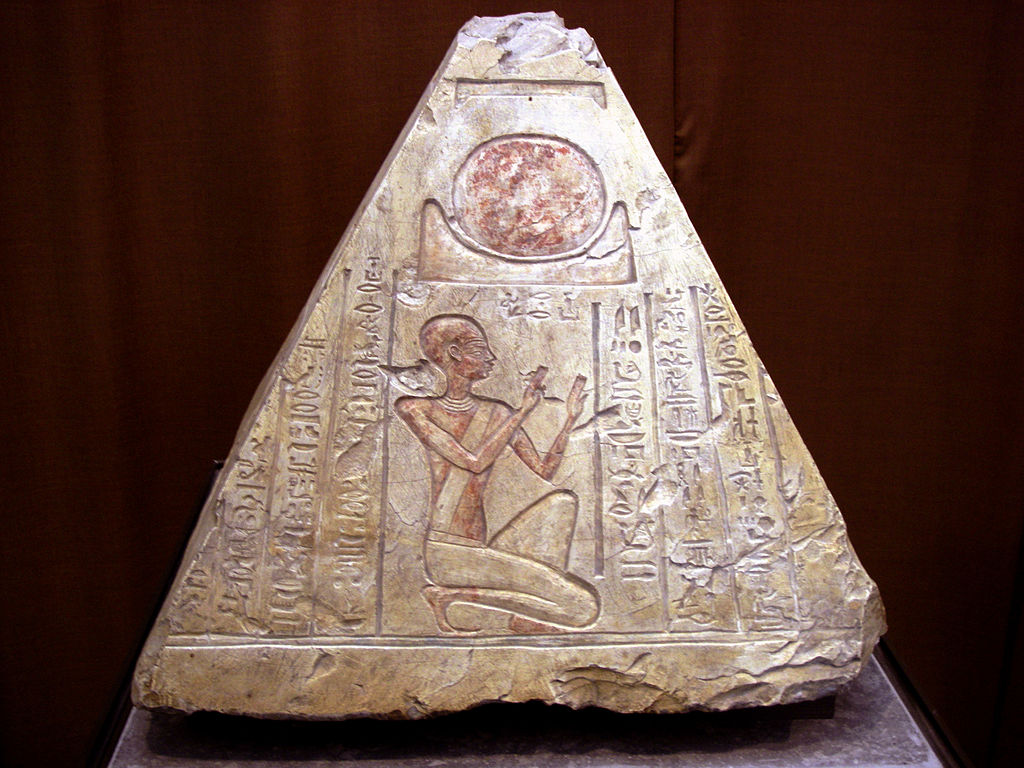
The Great Pyramid of Giza is undoubtedly one of the most awe-inspiring and iconic structures in the world. This ancient wonder, located on the outskirts of modern-day Cairo, Egypt, has been the subject of countless discussions, debates, and theories over the years. However, what many people don’t know is that the pyramid looked very different in ancient times than it does now.

When the Great Pyramid was first completed, its external walls were made of beautiful, polished limestone that shone bright white in the sun. The limestone was carefully cut and fitted together to create a smooth, seamless surface that must have been truly stunning to behold.
However, the pyramid’s impressive appearance didn’t stop there. At the very top of the pyramid was a small, pointed cap known as the pyramidion. This cap was made of solid gold and was meant to reflect the sun’s rays, creating an almost blinding effect for anyone looking up at the structure.

The pyramidion was an incredibly important part of the pyramid’s design, both aesthetically and symbolically. It was meant to represent the pharaoh’s connection to the sun god Ra, who was considered one of the most important deities in ancient Egyptian religion. The golden cap was seen as a physical manifestation of the pharaoh’s divine power and was an essential part of the pyramid’s function as a royal tomb.

Unfortunately, the golden cap and much of the polished limestone that covered the pyramid were removed over time, likely due to erosion and theft. Today, the Great Pyramid of Giza looks very different from the way it did when it was first built, with rough, weathered stone covering its exterior.
Despite its changed appearance, however, the Great Pyramid of Giza remains a testament to the incredible architectural and engineering prowess of the ancient Egyptians. It is a truly remarkable feat of human ingenuity and creativity, and a lasting testament to the enduring power of the pharaohs who ruled over Egypt thousands of years ago.

In conclusion, the Great Pyramid of Giza was once a shining symbol of power and wealth, covered in polished limestone and capped with a solid gold pyramidion. While much of its original beauty has been lost to the passage of time, the pyramid remains a fascinating and iconic structure that continues to inspire wonder and awe in visitors from all over the world.

Leave a Reply